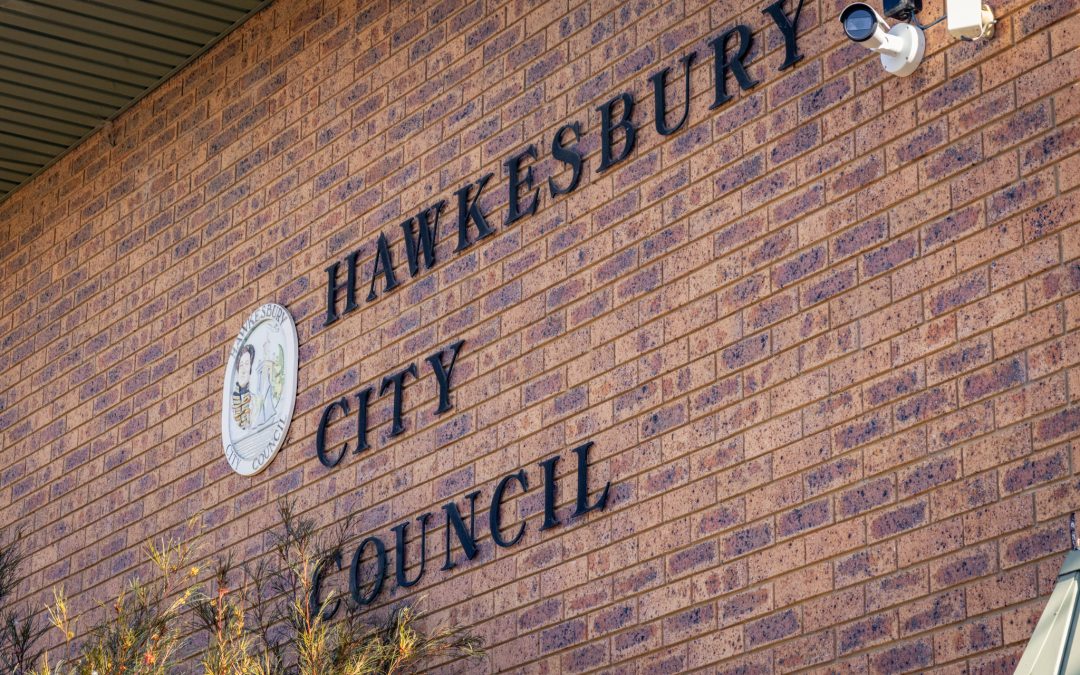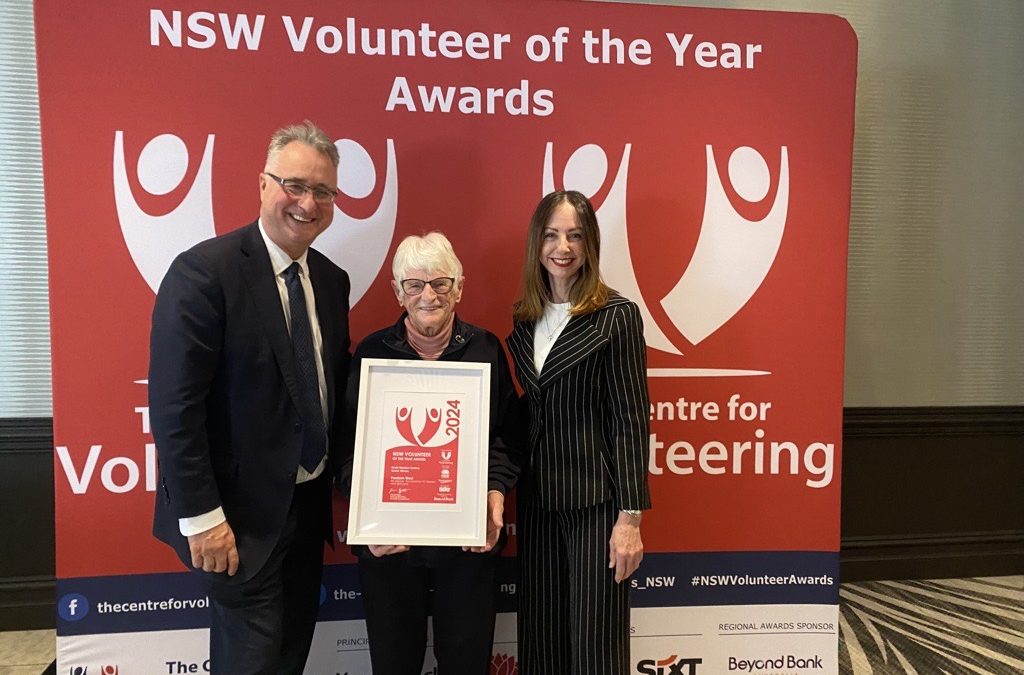Hawkesbury Post contacted all...


Hawkesbury Post contacted all...

In a heartwarming recognition of community...

After more than two decades of dedicated service, the...
An artwork of historic significance has been added to the collection of Hawkesbury Regional Gallery as Australia celebrates NAIDOC Week, a time to honor the history, culture, and achievements of Aboriginal and Torres Strait Islander peoples.
The artwork titled ‘Waterholes,’ was donated by renowned Darug artist Leanne Mulgo Watson, will be a focal point for commemorating this year’s NAIDOC Week theme, ‘For our Elders.’
This painting holds significance as part of the historically important Dyarubbin project, and symbolises the deep connection between the Darug people and their ancestral lands.
‘Waterholes’ was inspired by the lagoons around Ebenezer in the Hawkesbury district. The artwork captures the essence of these water bodies, symbolizing the life and sustenance they offered people.
The creation of ‘Waterholes’ was commissioned as part of the Dyarubbin (Hawkesbury River): Real Secret River research project in 2018.
The inception of Dyarubbin: The Real Secret River traces back to a remarkable discovery made by Professor Grace Karskens from the University of New South Wales in 2017. While perusing the archives of the Mitchell Library in Sydney, she stumbled upon a document: a list of 178 Aboriginal place names on Dyarubbin, compiled in 1829 by Reverend John McGarvie, a local Presbyterian minister.
Using the list a research team of Dharug locals, historians, archaeologists and linguists identified and mapped the original locations along the river and in doing so recovered and revitalised the river’s Aboriginal history, culture and language.
To date, over 90 of the place names have been successfully identified and mapped, breathing new life into the names preserved within McGarvie’s list. Notably, the list also contains the Darug/Darkinjung name for Dyarubbin’s tributary, the Macdonald River, known as Ganangdayi.